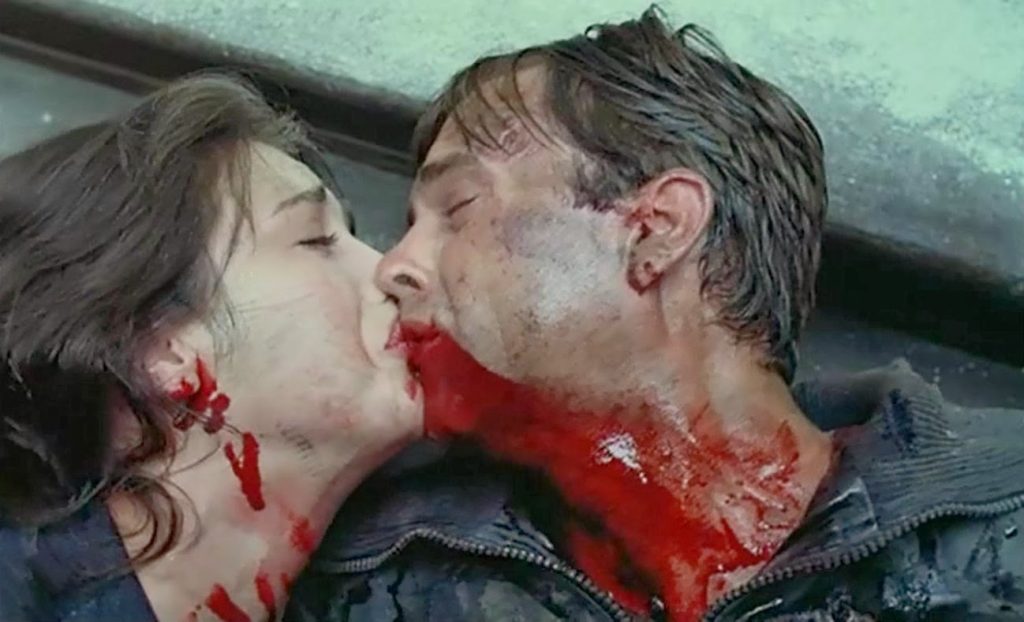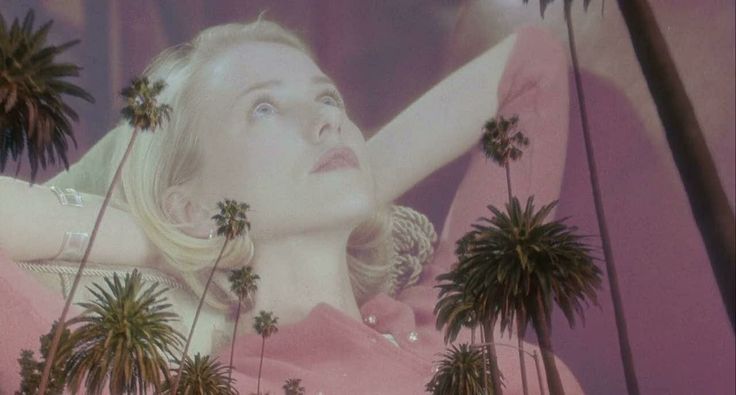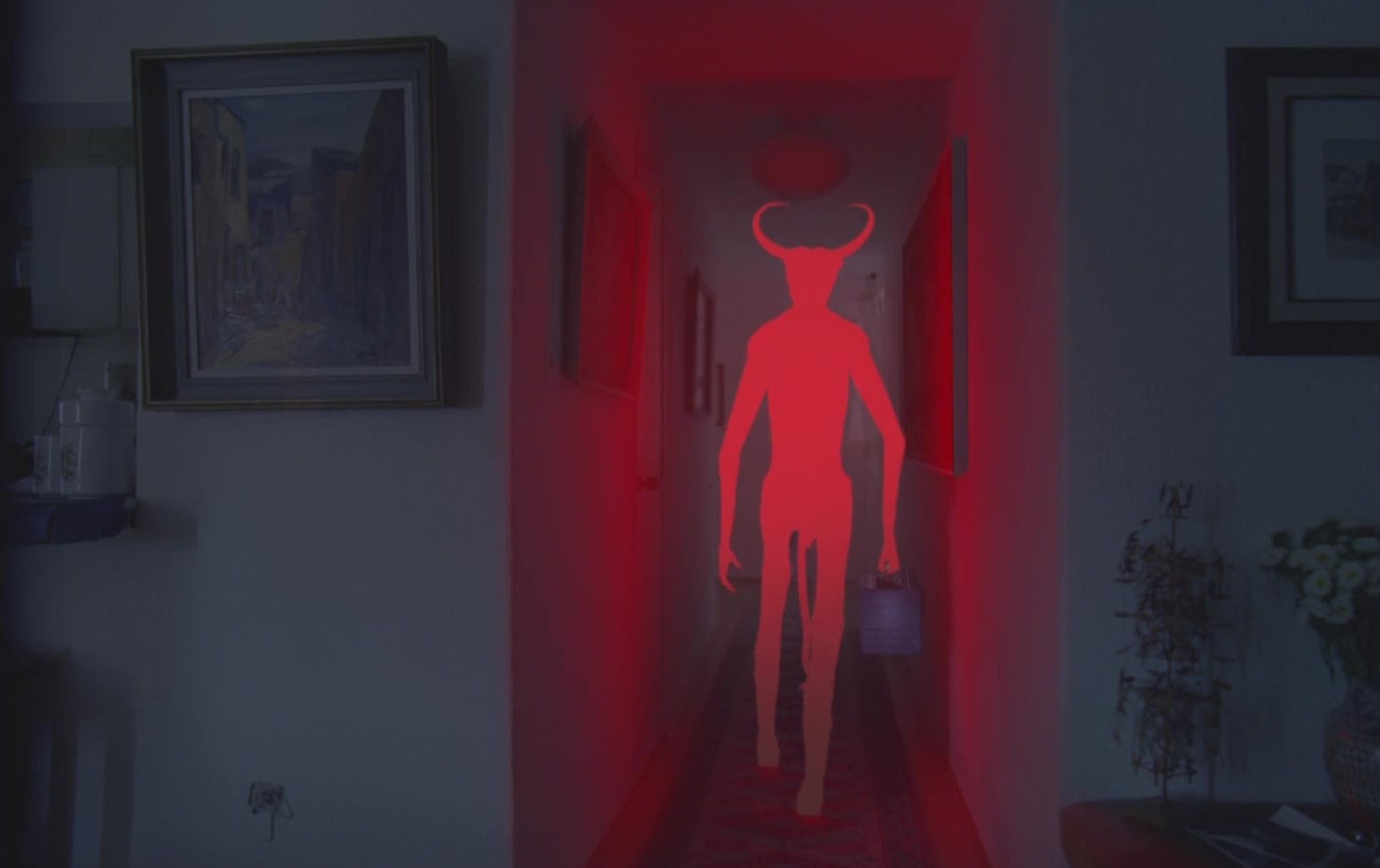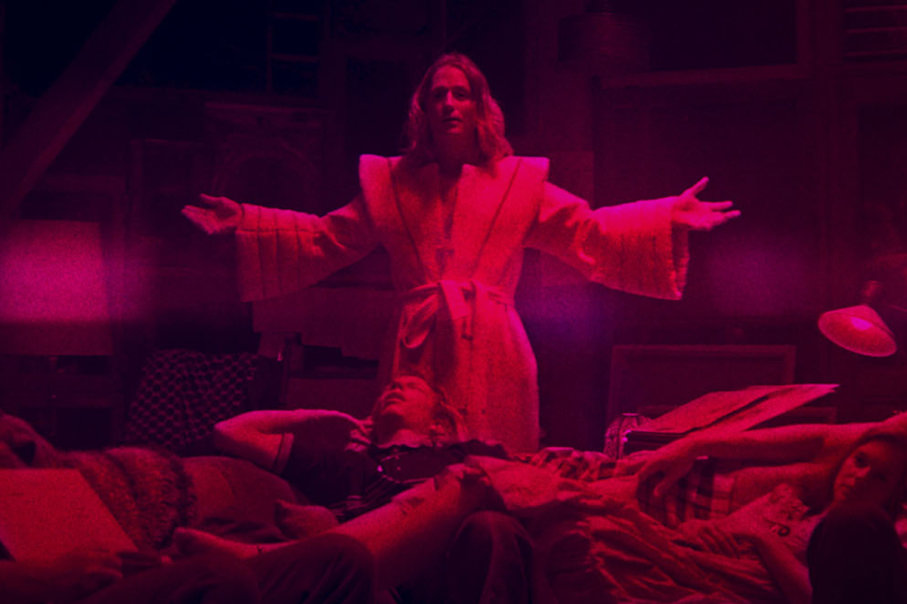6. Possession (1981) – Andrzej Żuławski

A film that quietly drops us into the disintegration of a marriage between Sam Neill and Isabelle Adjani’s characters in West Berlin. From the start, we get a sense of discomfort, but it is nowhere near where it takes us.
Neill’s character is a spy returning home, but this is quite irrelevant because Adjani steals the film with her performance. She isn’t a segue into this fever dream of a film; we witness her from a distance, which is good because we do not want to be on that bad trip alongside her. Zulawski’s films always lead us to tough truths and observances on our own human nature, and without spoiling this film, it takes us to a different presence.
There is plenty of interpretation to what Adjani’s Anna and Helen go through, and symbolism of other people and objects, but it creates this highly atmospheric mood and tension that best resembles a fever dream. We sweat, ache, and want to escape this situation like this marriage of the two characters. It’s just that Zulawski does it better and in more unique ways that we could have thought, much like a fever dream process.
7. Mulholland Drive (2001) – David Lynch

When one enters the cinematic world or dreams of David Lynch, you must abandon logic, explanation, and reason at the door. These components never leave us during the film experience, but can alter our emotions of his films such as this one.
The entirely of this film has been referenced as a dream, nightmare, fever dream, waking dream, and the list goes on. In the end, a fever dream might be the best explanation because we see Naomi Watts’s Betty full of life and optimistic promise with her arrival in Hollywood that leads to the deepest, darkest pits of the soul and mind. Even if it alludes to Diana Selwyn or Laura Elena Harring’s Rita and Camilla Rhodes.
Lynch’s world continually makes us question ourselves and what is happening before us. In his failed series turned film, he expands on the good-versus-evil paradox, and the characters, scenes, mood, and feeling not only go on a roller coaster but continually descend down toward our worst hell.
It shows Hollywood, the city of hopes and dreams shattered; Lynch in full control of his created world; and how individuals can get lost in their own minds. Lynch’s fever dream of a film might be a nightmare to some, a dream to others, but definitely a fever dream to all.
8. Suspiria (1977) – Dario Argento

What more is there to say about Argento’s most well-known and respected film? From Luciana Tovoli’s cinematography, to Goblin’s score, to scenes that are consistently referenced and discussed in horror, giallo, and cinema conversations, it’s also Jessica Harper’s Suzy Bannion’s fever dream of a ballet academy winner and attendee who escapes from a cult of witches.
The audience knows we are in for a horror and giallo film from the opening death scene, but Suzy is hopeful for her future and descends into darkness she cannot escape. The supernatural elements or motif of grisly death scenes don’t completely shut her out of killing her in the process.
We watch her journey into Argento’s inferno, so to speak. She constantly looks for answers, and in spite of her own disbelief and discomfort with the other dancers, she wants to prevail. Of course, things don’t go as planned, but she is too far into her fever dream that can the earthy element of fire and deconstruction can free her, literally and figuratively.
Of course, the remake in 2018 by Luca Guadagnino continues this exploration to a possible full-on nightmare. Regardless, the original is more a dream that leaves you in sweat of discomfort, but that leaves you with an odd feeling where you’re glad you experienced it.
9. Post Tenebras Lux (2012) – Carlos Reygadas

A perplexing film of highly intelligent ideas grounded by Reygadas’ full exploration of the film language. Here, he continues his search of questions and answers between two lovers and their family together while juxtaposing scenes and images that might not be relevant. Yet, he grounds his work in the simplest terms possible, even if slightly blurred or filtered, and the answers are left to the audience.
For example, the opening of a tall, red-lighted animated bull walking through their new country home establishes that nothing is out of play. Also, much of Reygadas’ personal life is in the film, such as his children and the places he lived. However, when the film takes a turn into a swinger’s day spa filled with an almost orgy-like divine presence, we get the feeling we are entering a strange dream merging into an uncomfortable one. Yet, we cannot look away.
The film was divided when released, but demonstrates Reygadas’ full capability and capacity to create a fever dream. The experience is intense, sometimes unwanted, visually alluring, and deeply unsettling. It’s a true cinematic work of feeling; even if we don’t understand what we felt, we sure know what we saw.
10. Mandy (2018) – Panos Cosmatos

Co-writer and director Cosmatos stated he wanted the feeling of the film to be as though your older brother is speeding drunk on a back road in his truck and you’re holding on for dear life in the front seat with fear and adrenaline. And with this, he achieved just that.
A film that is deliberate, bonkers, messed up beyond belief, demanding, and evil for all the right reasons. Nicolas Cage is full on Nicolas Cage in this film that blends Cosmatos’ love of ‘80s cult horror action with his own challenging narrative.
From the start of its purple, dark red framing with anachronistic set design, we know we are in a different world. What makes it so much like a fever dream is that it starts off as two tender lovers – the other being Andrea Riseborough with Cage – as a couple who silently retreated from life, before it becomes full-on heavy metal cult fight.
One could say the film is a borderline nightmare, but the way Cosmatos’ delicate, slow-paced first half leads into pure chaos of chainsaw cult bikers is the standout. He places us there in his world and then pushes us down the rabbit hole, thus being a dream to a fever dream, and we are stuck in the most wonderful and menacing way of experiencing a film.